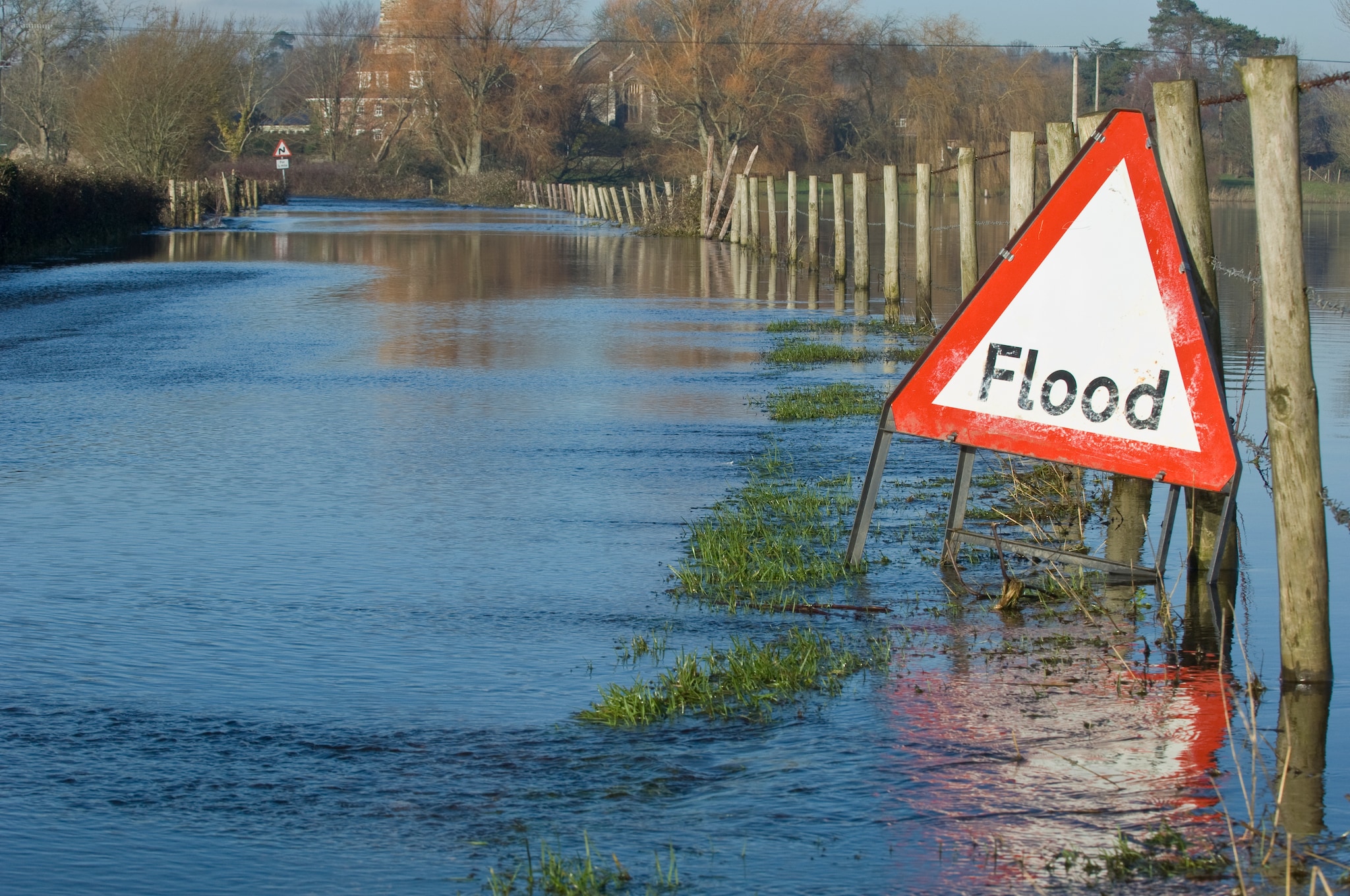Catastrophic Flooding in Louisiana
CDC’s Public Health Emergency Preparedness (PHEP) cooperative agreement program is a critical source of funding, guidance, and technical assistance for state, local, tribal, and territorial public health departments to strengthen their public health preparedness capabilities. Since 9/11, the PHEP program has saved lives by building and maintaining a nationwide public health emergency management system that enables communities to rapidly respond to public health threats.
In August 2016, southeastern Louisiana experienced a historic flooding event when three times as much rain fell as during Hurricane Katrina, killing 13 people and destroying more than 150,000 homes and businesses. However, due to experience with similar events and frequent trainings and exercises, the Louisiana Department of Health had strengthened the ability of its communities to prepare for, withstand, and recover from public health threats, and was prepared to adapt to the unique challenges brought on by this event.
Before the first drop of rain fell, health department staff were using PHEP funds to prepare for emergencies both expected, such as floods, and unexpected, such as biological terrorism. Over the past years, the state used PHEP funds to establish a state of the art Emergency Operations Center, a health alert notification system, and a volunteer management system, as well as to exercise their emergency response protocols multiples times annually, and continuously adjust their plans based on what they learned during those exercises.
The floods, when they started, happened quickly. Residents went to bed on Friday night, and woke Saturday morning trapped in their homes. The state rescued 28,000 individuals, while 13,000 more were rescued by what become known as the “Cajun Navy” – private citizens with boats who answered the call of the government for help with water rescues. Churches and other private organizations created impromptu shelters, serving more than 1,000 residents.
Perhaps the most difficult aspect of this response was dealing with the impact that the flood had on health department staff. Many staff suffered devastating property losses, and had to deal with their personal losses while simultaneously working on the public response. Many more were trapped in their homes, leaving the health department very short staffed, requiring the health department to request medical and command staff from other parts of the state. According to Louisiana PHEP Director Doris Brown, this event highlighted the need for partnerships and community resiliency, as federal partners and volunteers were critical to the response.
Even given these hardships, the health department, assisted by the PHEP cooperative agreement, was able to move quickly to save lives. Environmental and epidemiological staff inspected private shelters, while medical and behavioral health strike team examined 1,731 shelter residents and referred 36 to medical special needs shelters. Health department staff gave 1,300 individuals, mostly first responders, tetanus vaccines, and residents in large shelters were given flu vaccines. Health department staff worked with local pharmacists to fill 7,805 emergency prescriptions, while risk communication staff disseminated information about methadone treatment for opiate addiction, mold and boil water advisories, and evacuation protocol. All of these activities were coordinated through the PHEP-established EOC.
“We were able to build a system that is responsive and operational based on lessons learned from previous incidents,” Brown said. “The biggest improvements lie in the speed in which we were able to respond.”

In August 2016, southeastern Louisiana was devastated by a historic flooding event when three times as much rain fell as during Hurricane Katrina.
The Incident
In August 2016, a historic flood in southeastern Louisiana killed 13 people and left more than 100,000 people homeless.
The Response
Because health department staff were personally affected by the flood, PHEP-established federal and state partnerships, as well as private citizens, were critical to the flood response.
The Outcomes
Due to the state’s flexible and responsive preparedness plan, 1,731 shelter residents were examined for health needs, 36 were referred for treatment, 1,300 were vaccinated for tetanus, and 7,805 emergency prescriptions were filled.